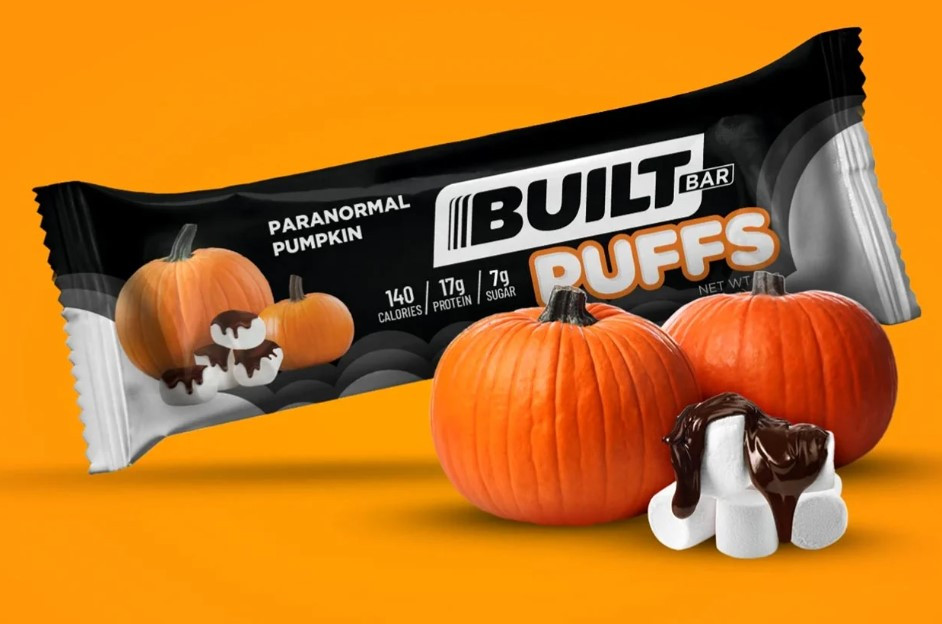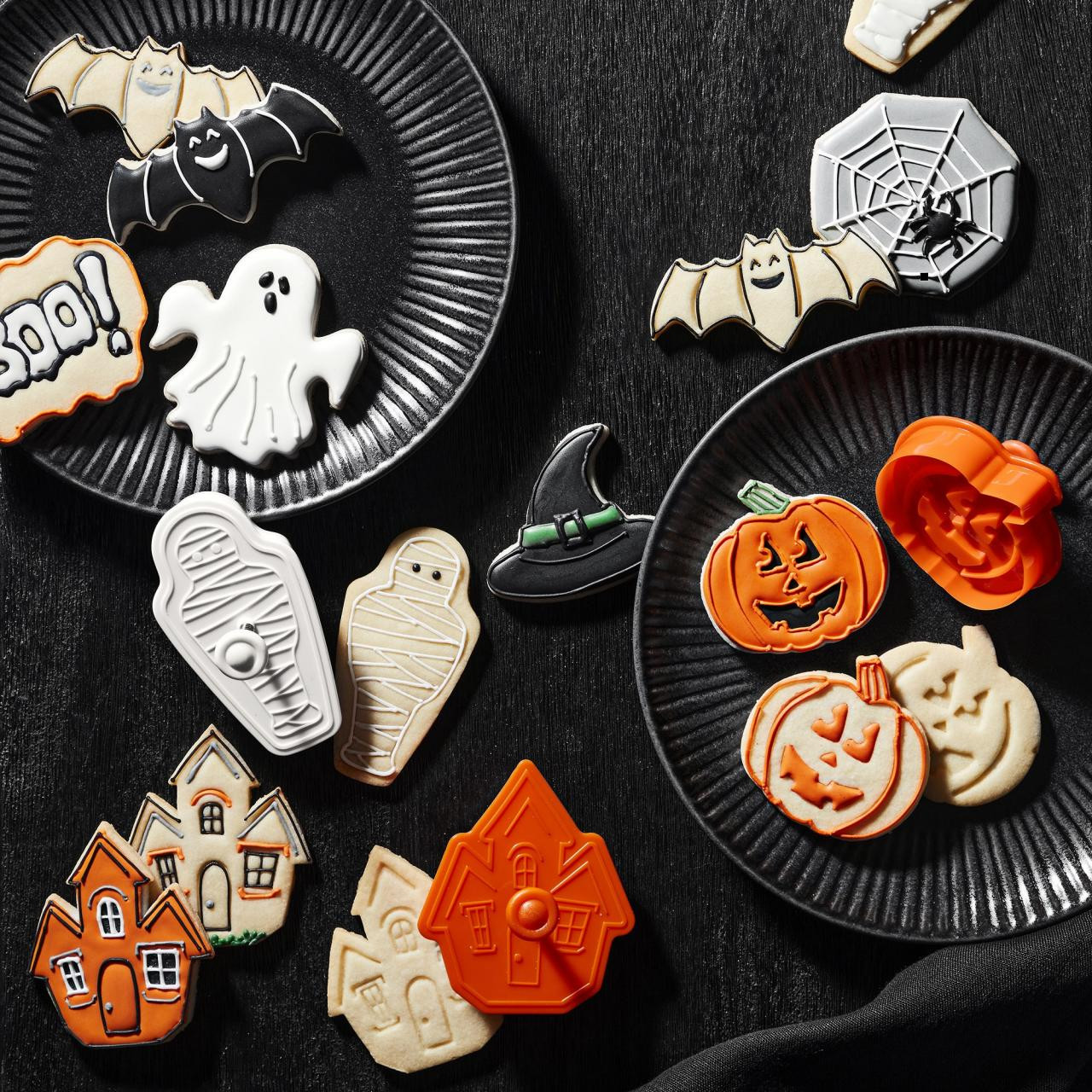Preparing a Christmas feast is an art, and the right kitchen knife is one of the most important tools in your arsenal.
Whether you’re carving a turkey, slicing vegetables, or preparing delicate cuts of fish, selecting the perfect knife can elevate your cooking experience. This ultimate guide will walk you through the essential considerations, materials, and types of knives to help you find the best tool for your holiday meal preparation.
Key Considerations When Choosing a Kitchen Knife

1. Purpose
The type of knife you choose depends on the dishes you plan to prepare. Start with a versatile multi-purpose knife, like a chef’s knife or Santoku, if you’re unsure. These knives can handle most tasks, from slicing meat to chopping vegetables. Specialized knives, like a bread knife or vegetable knife, are great for targeted tasks.
2. Size
Comfort is key when selecting a knife size. Most chef's knives range between 6-10 inches. Opt for a size you can handle confidently, ensuring a relaxed grip for smooth, controlled cutting.
3. Blade Material
- Stainless Steel: Rust-resistant and low maintenance but may require frequent sharpening.
- High-Carbon Steel: Offers superior sharpness and edge retention but demands regular care to avoid rust.
- Laminated Steel: A hybrid combining a hard core for sharpness with softer outer layers for durability.
4. Sharpening
Decide if you’re willing to maintain the knife yourself. Stainless steel blades are easier to maintain, while high-carbon steel blades require regular sharpening to stay in peak condition.
5. Budget
Set a realistic budget. High-quality knives typically start at €50-60 for a reliable, medium-sized blade. Premium knives with specialized features may cost upwards of €150.
Related: Perfect Your Pizza: Best Deep-Dish Pans to Buy This Christmas
Design and Material
1. Blade Design
Modern advancements in steel treatment and materials have enhanced knife performance. Look for a knife with good edge retention and a durable design to ensure longevity.
2. Quality Indicators
- Steel Quality: Look for hardened steel with a Rockwell Hardness (HRC) rating of 56 or higher.
- Sharpness and Edge Retention: A sharp knife improves precision and safety.
- Balance and Ergonomics: Test how the knife feels in your hand. A well-balanced knife reduces fatigue during extended use.
Related: Cozy & Chic: Fireplace Christmas Decor to Spark Holiday Cheer
Types of Knives
1. Multi-Purpose Knives
- Gyuto: A Japanese chef’s knife known for its versatility in slicing, dicing, and chopping.
- Bunka: Compact and ideal for precision tasks.
- Santoku: A shorter blade suitable for home chefs, great for chopping vegetables or meat.
2. Vegetable Knives
- Nakiri: A straight-edged knife perfect for slicing vegetables.
- Usuba: Single-bevel blade for precision vegetable cuts.
3. Meat and Fish Knives
- Yanagiba: Long, single-bevel blade for slicing sashimi.
- Deba: Heavier knife for breaking down fish or cutting through bones.
- Sujihiki: Slim, double-bevel blade for thin meat slices.
Blade Geometry
- Double-Bevel: Suitable for both left- and right-handed users, common in Western knives.
- Single-Bevel: Offers extreme sharpness but requires skill to use and maintain. Found in traditional Japanese knives.
Related: Charcoal Grills on the Go: Our Favorite Picks for Every Budget This Christmas
The Best Kitchen Knives for Christmas Meals
Here are seven knives that combine functionality, quality, and value. Each offers unique benefits tailored to different cooking needs.
1. Misono UX10 Chef's Knife
- Price: $175 (regularly $205)
- Material: High-quality stainless steel.
- Features: This knife is incredibly versatile, making it a top choice for slicing, dicing, and chopping a variety of ingredients. Its sharpness and durability are exceptional, ensuring long-term reliability for your holiday feasts.

2. Tojiro DP Petty/Utility Knife
- Price: $75 (regularly $80)
- Material: Stainless steel.
- Features: A nimble knife perfect for smaller tasks like slicing fruit, cutting cheese, or creating intricate garnishes. Its compact size and precise edge make it a must-have for detailed work.
3. Hedley & Bennett Utility Knife
- Price: $60 (regularly $70)
- Material: Stainless steel.
- Features: This colorful and versatile knife is ideal for various kitchen tasks, from chopping herbs to slicing meats. Its ergonomic handle and lightweight design ensure comfort during extended use.
4. Tojiro F-737 Bread Slicer
- Price: $39 (regularly $49)
- Material: Stainless steel.
- Features: With its 14.5-inch serrated blade, this knife effortlessly slices through crusty bread without tearing. A must-have for serving perfect slices of artisan loaves during Christmas dinners.

5. Misono Swedish Carbon Steel Gyutou
- Price: $143
- Material: Carbon steel.
- Features: Known for its razor-sharp edge and ability to produce paper-thin slices, this knife excels in precision. However, it requires regular maintenance to prevent rust and retain its edge.
6. Global Knives 7-Inch Vegetable Knife
- Price: $100 (regularly $130)
- Material: Stainless steel.
- Features: Designed specifically for clean, accurate vegetable cuts, this knife is lightweight and perfectly balanced. Its sharp edge simplifies tasks like julienning carrots or slicing cucumbers.
7. Opinel No. 8 Stainless Steel Folding Knife
- Price: $16
- Material: Stainless steel.
- Features: This portable knife is great for outdoor use, with a folding design that ensures safety. While not ideal for heavy kitchen tasks, it’s perfect for quick prep on the go or small jobs.

Check out other available hot promo coupons at Opinel >>>> HERE <<<<
Tips for Maintaining Your Kitchen Knife
Maintaining your kitchen knife is essential for ensuring its longevity, efficiency, and safety during food preparation. A well-maintained knife not only enhances your culinary experience but also promotes safety by minimizing the risk of accidents caused by dull blades. Below are several comprehensive tips that expand upon the foundational ideas of cleaning, sharpening, and storage, helping you to create a kitchen environment where your knives can thrive.
Cleaning
Cleaning your kitchen knife properly is crucial for preventing corrosion and maintaining hygiene. While it might be tempting to toss your knives in the dishwasher, this can lead to damage over time. Instead, always opt for hand washing. Use warm, soapy water and a soft sponge to gently scrub the blade, making sure to avoid abrasive materials that can scratch the surface. Pay particular attention to the handle, as food particles can easily get lodged in crevices. After washing, rinse the knife thoroughly to remove any soap residue and dry it immediately with a clean, soft cloth. This practice not only prevents rust but also helps maintain the knife’s aesthetic appeal.
Additionally, consider using a food-safe mineral oil to periodically treat the handle—especially if it’s made of wood— to prevent drying and cracking. Keeping the handle conditioned will extend its lifespan and maintain a comfortable grip during use.
Sharpening
A sharp knife is not only safer but also more effective, making sharpening an essential part of maintenance. Investing in a whetstone is one of the best ways to ensure your knife remains in peak condition. When using a whetstone, it's important to understand the proper angle for sharpening—typically between 15 to 20 degrees for most kitchen knives. Start with a coarse grit to shape the edge, then move to a finer grit for honing. Regular sharpening will keep your blade at its optimal sharpness, allowing for cleaner cuts and easier food preparation.
If you’re not comfortable sharpening your knives yourself, consider utilizing a professional sharpening service. Many culinary stores or local chefs offer this service and can provide expert care that may not be achievable at home. Regular professional sharpening, combined with personal upkeep, can significantly prolong the life of your knives.
Storage
Proper storage is vital for protecting your knives and ensuring safety in the kitchen. A knife block is a popular option, as it securely holds your knives while keeping their blades covered and safe from damage. However, if counter space is limited, a magnetic strip mounted on the wall can be an excellent alternative. This not only saves space but also allows for easy access and visibility, helping you quickly find the knife you need.
Another effective storage solution is the use of knife sheaths, which can protect the blades when stored in drawers. These sheaths come in various sizes to fit different blades and help prevent scratches and dull edges. Regardless of the storage method you choose, always ensure that the knife blades are not in contact with one another to avoid nicks and damage.
Additional Tips

Consider the materials of your knives when maintaining them. High-carbon stainless steel, while excellent for edge retention, requires more care than ceramic or stainless steel. Be aware that certain materials, such as ceramic, require specialized sharpening tools.
Moreover, be mindful of how you use your knives. Avoid using them on hard surfaces like glass or stone, as this can quickly dull the blade. Instead, opt for wooden or plastic cutting boards, which are gentler on the knife edge.
Maintaining your kitchen knives involves a combination of good cleaning practices, regular sharpening, and safe storage. By adhering to these tips, you can ensure that your knives remain in excellent condition, ultimately enhancing your cooking experience. A well-maintained knife is a joy to use, making food preparation not only easier but also more enjoyable. Engaging in these maintenance practices will not only prolong the life of your knives but also contribute to a more efficient and safe kitchen environment. Whether you’re a novice cook or a seasoned chef, taking the time to care for your knives is an investment in your culinary journey.
Related: Holiday Magic: 20+ Stylish Christmas Dining Room Inspirations
Final Thoughts
The right kitchen knife can transform your cooking experience, making meal preparation faster, safer, and more enjoyable. Whether you’re a seasoned chef or a home cook, this guide offers a range of options to suit your needs and budget. Invest in a high-quality knife, care for it properly, and enjoy creating memorable Christmas meals with ease and precision.






